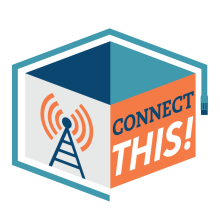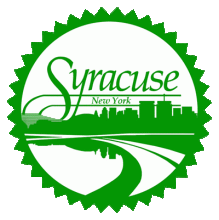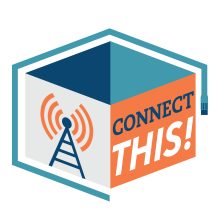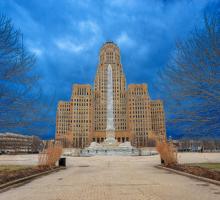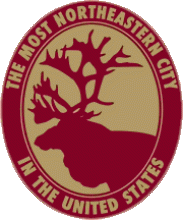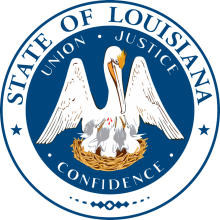Recent Broadband News | Episode 55 of the Connect This! Show
Join us live on Thursday, October 6, at 5pm ET for the latest episode of the Connect This! Show. Co-hosts Christopher Mitchell (ILSR) and Travis Carter (USI Fiber) will be joined by regular guests Kim McKinley (UTOPIA Fiber) and Doug Dawson (CCG Consulting). They'll dig into all the recent broadband news that's fit to print.


